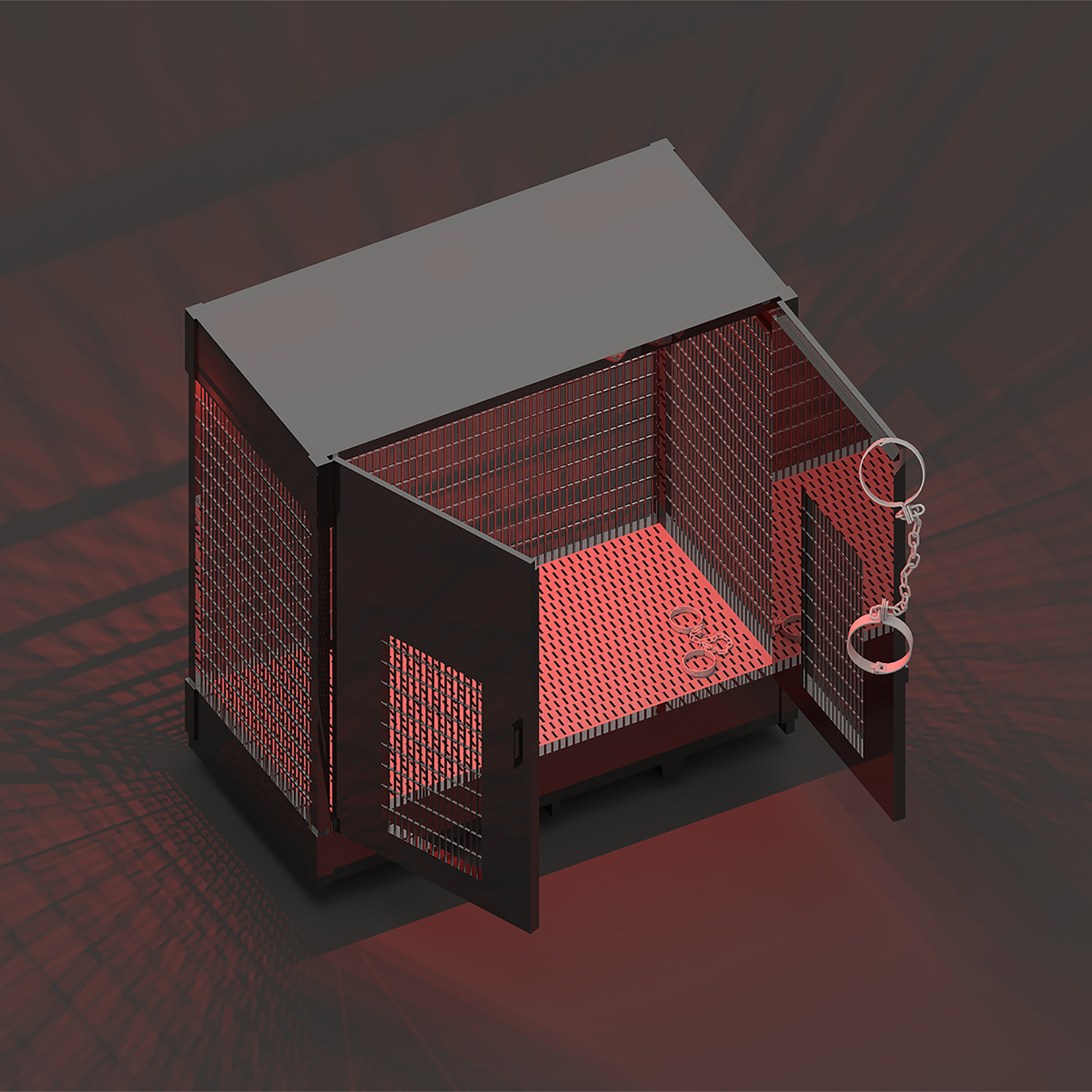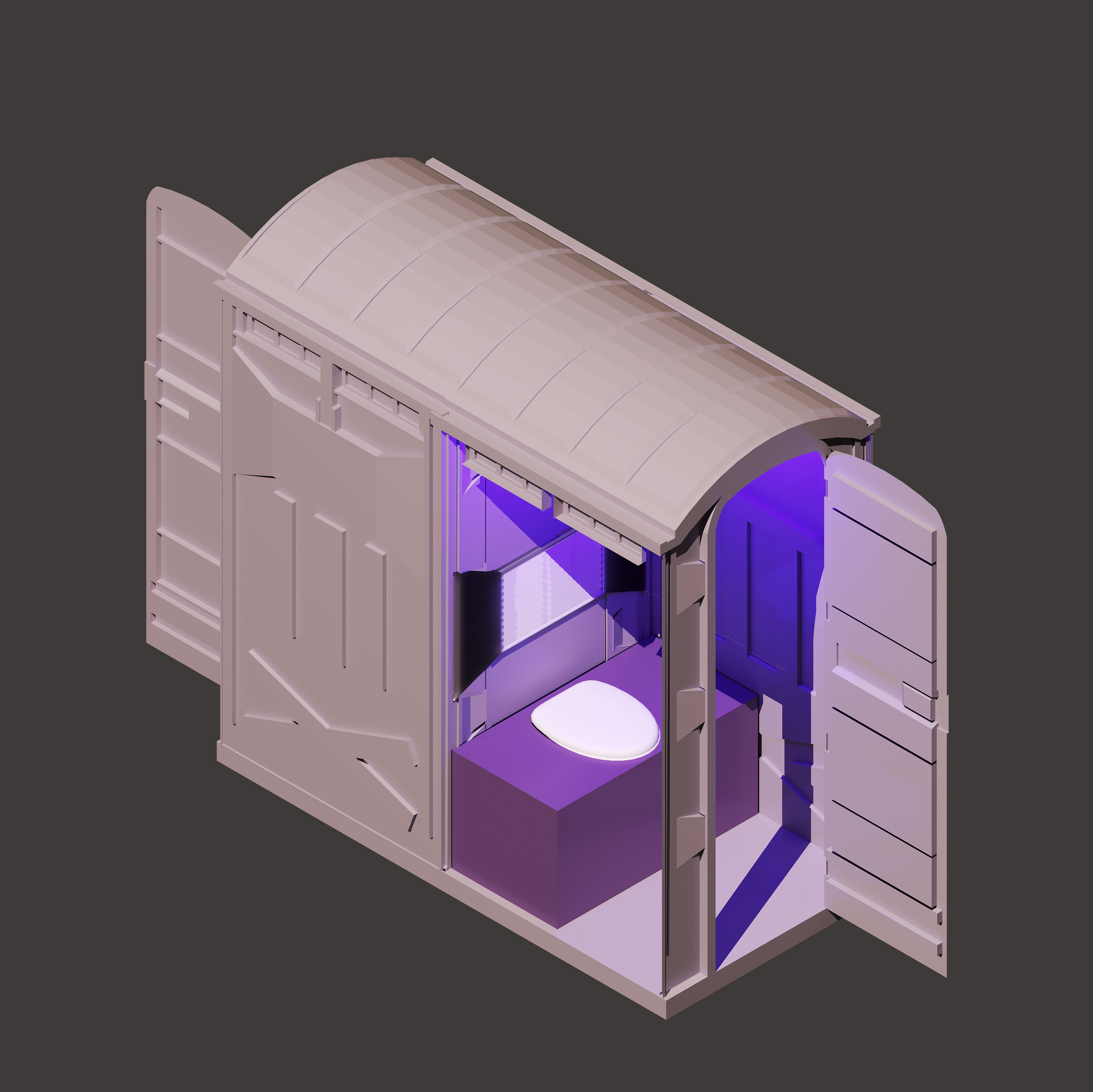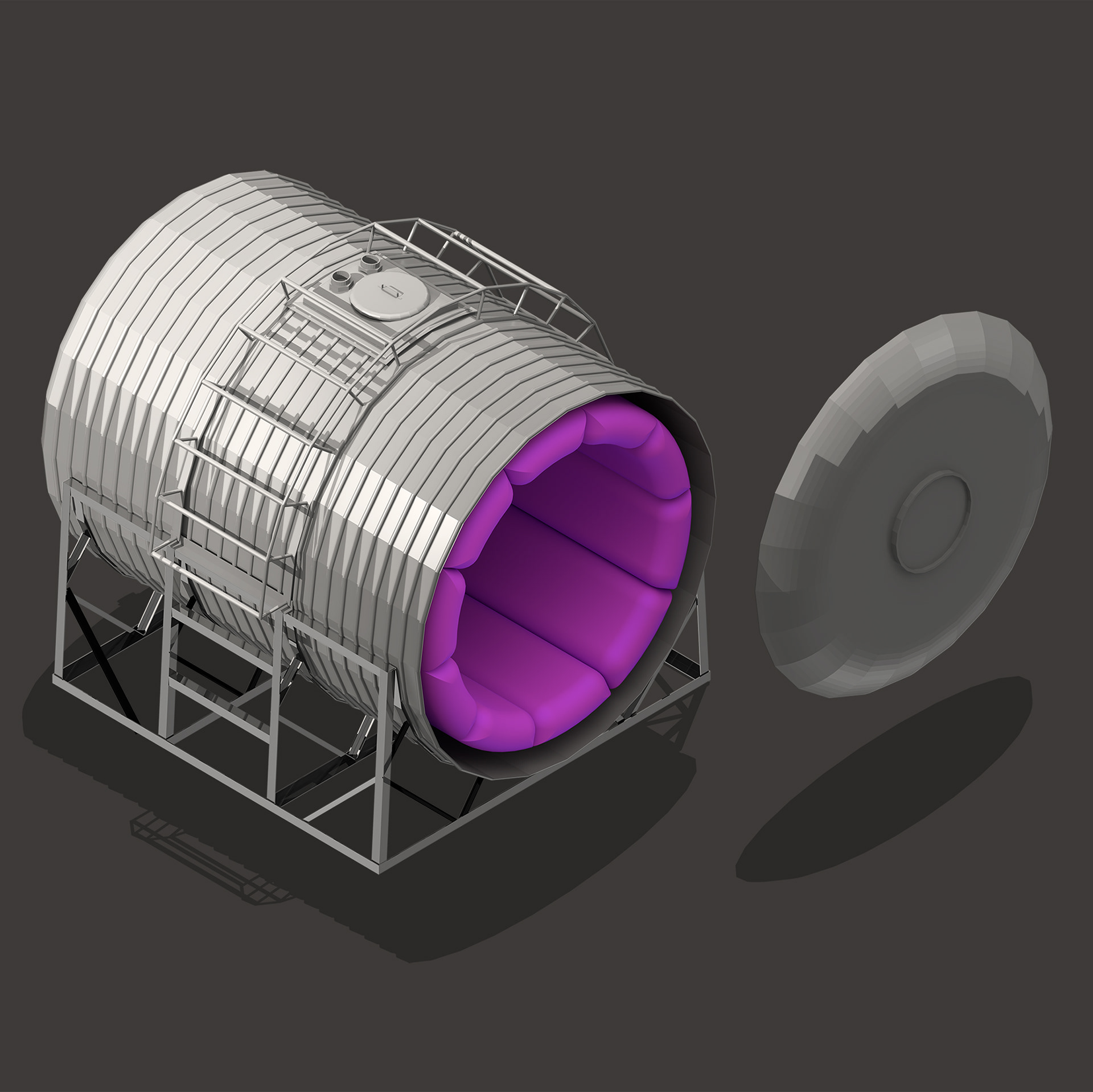Re-proposing Queer Space through the byproducts of the Elizabeth Line
Underground shaft retrofit in space for intimate collection. Screen print on paper.
Making our communities into armed camps is not good politics; rather than sharing our borders to prevent infection, we must work on infecting the body politic with the dangerous virus of irreverent democracy.
Phelan, 2001, p. 132
The Elizabeth line is a new 73 mile railway line in England: a £15.4 bn infrastructure that serves not only commuters but also finance flows. This investment will increase London’s transport capacity by 10% and surrounding property values by more than 30%. Although the stations are almost reaching completion, the opening is currently delayed of two or three years due to signal failure of the trains.
In more or less the same time-frame - in the last ten years - more than half of LGBTQ+ dedicated spaces in London closed, owing to increasing rents and land prices. According to a research by the UCL Urban Laboratory, 21% of the closures were related to infrastructural developments. Women, BAME (Black Asian Minority Ethnicities) and QTIPOC (Queer Transgender and Intersex People of Colour) were the most affected.
This project aims at a strategic approach to queering Crossrail development, exploiting the delay of the trains and its byproducts (as many construction sites will be left suspended for this period of time), to reinstate the possibility of a different expression of identity and sexuality.
Changing the semiotics. Screen print on paper.
Queer theory challenges identity categorisation, often through performativity, and queer space can be considered as other than lesbian, gay or straight space, but a broader vision of non-heteronormative identities. It is immanent, continuously being constructed by people on the moment, and existing in the intersubjectivity of relations, verbal, non verbal, and physical.
In London, queer has been recognised as marketable, normalised and modified to be acceptable by a susceptible straight public. Homonormativity excludes forms of undesirable sexualities from the public space, limiting the queer scenery to gentrified neighbourhoods and consumption spaces.
Axonometric view of the site. Screen print on digital print, paper.
The chosen site is Whitechapel, one of the new stations in East London, with a particular focus on one of the main construction sites, containing the aeration system’s shafts. The intervention aims at creating a network with the surrounding facilities, identifying spatial conditions to allow the LGBTQ+ community to enter and appropriate the space. The aim is to create, not only a space in-becoming queer, but also a space of representation and legitimisation of a different definition of queer. It is not clear what will happen to the site once the construction works are done.
The proposal consists in the installation of a performance space inside the big storage warehouse, that will serve also as a nightclub; on the same site there are a resource centre and a refuge for queer youth community. This is made possible by re-adapting a series of elements belonging to the construction site to a different function, as scaffolding, wood boards, office sites, porter loos, water tanks, and so on.








